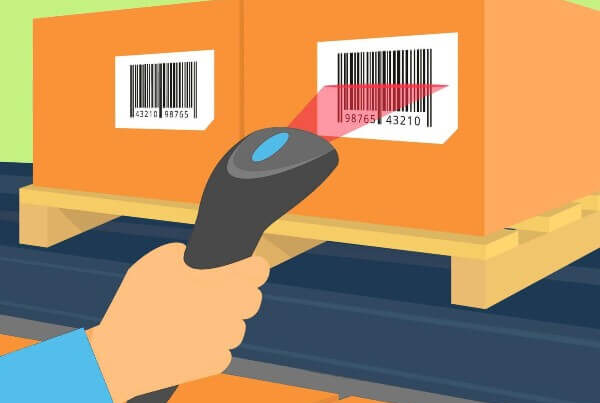One of the most important metrics for eCommerce sellers to pay attention to is their eCommerce Inventory Turnover.
In this blog, we’ll go over why inventory turnover matters, and understanding, calculating, and optimizing it.
If you’d like to watch the related YouTube video, here it is:
Why Inventory Turnover Matters
Inventory is an eCommerce business’s biggest asset. The higher your inventory turnover ratio, the better you’re doing at managing and moving this asset.
Higher numbers are generally better because they indicate that you have lower “holding” costs, that your profitability is high, and that your capital is not tied up in inventory. That means you have more cash to put into marketing and other things.
Understanding Inventory Turnover
Inventory turnover is how quickly your inventory moves through your warehousing.
What is your average amount of inventory and how many times do you sell that in a certain period of time?
This is an important metric because it shows how well you’re managing and moving your biggest asset.
The more inventory you are moving, the stronger and more profitable your business is likely to be.
Here’s an example:
Let’s say that your company sells athletic shoes. In a given year, you typically sell 1,000 pairs of shoes, though you typically have 250 pairs of shoes in stock at a time.
You’d find your inventory ratio by dividing total pairs of shoes by average pairs of shoes (1,000:25 -> 4:1 ratio -> 4 = Inventory Turnover Ratio).
By the way, you’ll want to check your industry standards to see what a good inventory turnover ratio is, but typically 4-6 is good to shoot for.
Calculating Inventory Turnover
Simply put, Inventory Turnover = COGS / Average inventory.
Determining your inventory turnover is easily done when you are accurately calculating Cost of Goods Sold (COGS) for your business.
As you can see, there are some steps involved in getting here.
The first one is to determine your COGS for a given period of time (usually a year).
There are several places to refer to when determining COGS.
- Inventory management software, if you’re using it.
- Income Statement under the COGS section (it’s REALLY important to make sure that you’re recording it accurately.)
- Balance Sheet: Beginning inventory + Net Inventory Purchases – Ending Inventory
It is astonishing how many eCommerce companies are calculating and recording their COGS incorrectly. If you need some help, here are a couple articles to help you: Cost of Goods Sold – A Key Number for eCommerce Businesses and Accounting for Inventory Purchases | eCommerce Accounting.
The second step is to determine your average inventory.
Average inventory = (Beginning Inventory + Ending Inventory) / 2
The third step is to divide COGS by average inventory.
Optimizing Turnover
So, how do you make your turnover ratio better?
Here are several ideas:
One thing to consider would be running a promotion. We encourage you to check the numbers before you do, though, and make sure that your ROI makes sense. There’s little point in moving a bunch of products at lower prices if it doesn’t benefit you in the long run.
Another consideration is your purchasing frequency. Can you purchase less, more often? Does it make sense to order less inventory at a time, but make those purchases more frequently?
A third consideration is your product pricing. Are you selling it at the best price for you to be competitive and still make a good margin?
You may want to pay careful attention to which SKUs are selling faster / better than others. If one SKU is selling well and another isn’t, invest more in what is selling.
The last thing to consider is your trends. Digging into the data around trends can be highly illuminating when it comes to knowing what inventory is most likely to turnover and when.
For more eCommerce KPIs, in addition to inventory turnover, download our PDF “Preparing Early for an eCommerce Exit | A Checklist of What to Do Now.”
Also, if you’d like some help with your eCommerce accounting and financials, contact us.




